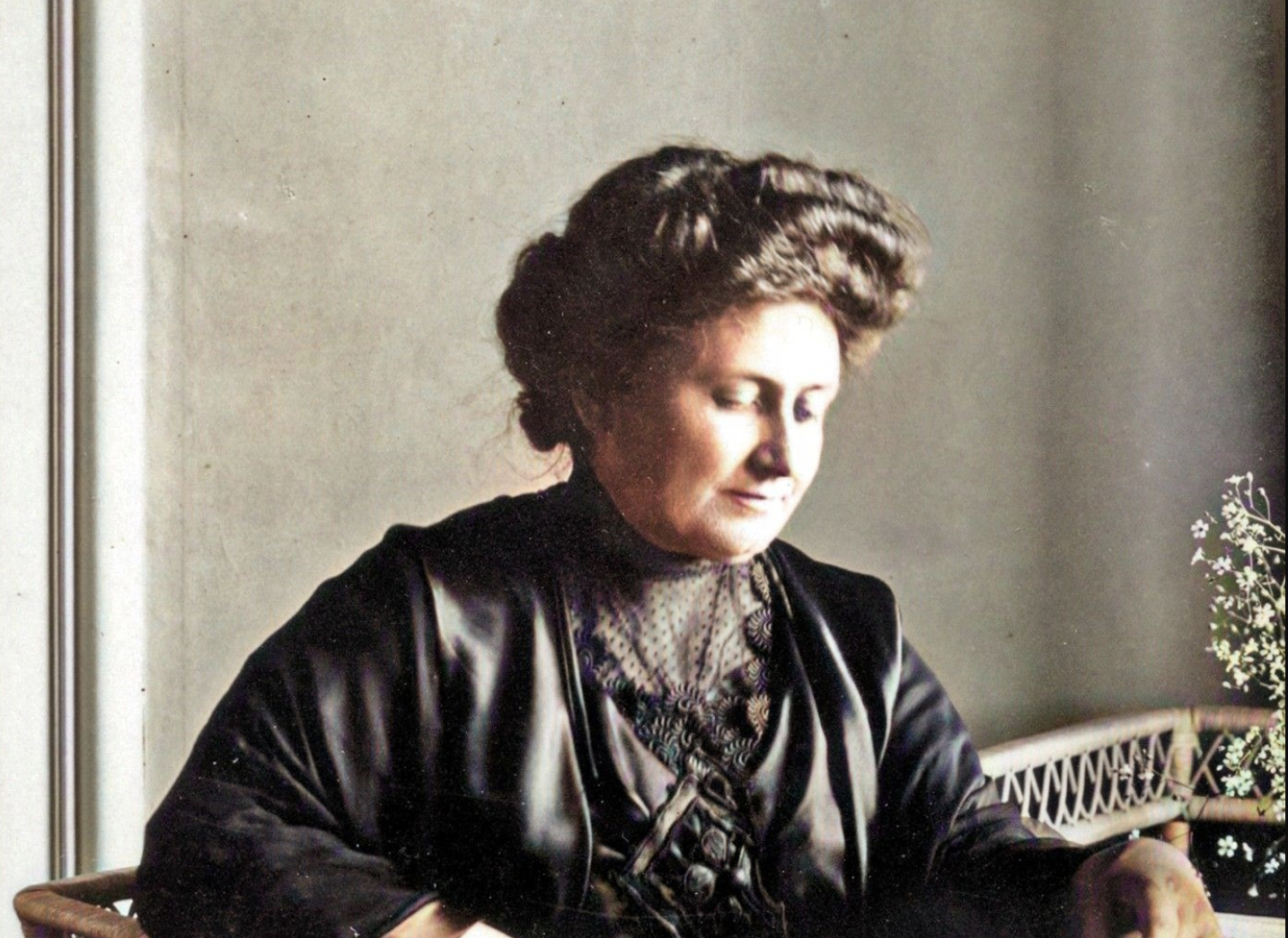The woman who developed a new way of teaching children
The Montessori method was championed by Maria Montessori (1870-1952), who found new ways to educate children that were before deemed 'uneducable'.
The following is a fictional interview with Maria Montessori, in which she speaks about her life and her work helping children.
Hi Maria! Tell us a bit about yourself.
My name is Maria Montessori, I was born in Chiaravalle, Italy, in 1870. I ended up studying Medicine in Rome, graduating as the fifth woman in Italy to receive the diploma. I was 26 years old when I graduated in 1896.
The same year I participated in the International Congress on Women's Rights in Berlin, fighting for the rights of women to have equal education opportunities and salaries as men.
When did you start working on child education?
During my studies I worked with so-called 'phrenasthenic' children: children with some kind of cognitive delay that could lead to learning difficulties. At that time, a lot of these children were neglected and abandoned in mental institutions.
I set out to develop different study materials to help these children learn through practical play. The five senses (sight, touch, hearing, taste, smell) lay at the core of my method. All my pupils graduated from primary school with excellent results!
Can you tell us about how you founded the Casa dei Bambini?
At the end of the 19th century, while I was carrying out my studies, Rome underwent considerable urban development which led to a wave of urban migration bringing a lot of unemployed families and 'lost people united only by poverty and malaria' to Rome.
I was called upon to solve issues with the children of these families, especially the little ones aged 3 to 6 who had never been to school. In 1907, I thus founded the first Casa dei Bambini, or 'Children's House'. The first 50 children arrived on 6 January that year.
The Casa Dei Bambini is still in operation today. Everything in it is tailored to the child: all of the furniture is made of light wood and is easily movable by children. My pedagogic materials are designed to feel like games to play, but are aimed at facilitating learning from a pre-school age onwards.
From this experience, my book (published in 1909) entitled Scientific Pedagogy as Applied to Child Education in the Children's Houses was born and then translated into many languages. The Montessori Method is largely based on the methods I employed at the Casa Dei Bambini.
What difficulties did you encounter in your professional career?
It was hard for me to go and study medicine in the first place. People strongly discouraged me from starting my studies, and when I did persevere I encountered hostility and harassment by my fellow students and my professors.
In 1934, after I had been working on the Montessori method for decades and more Montessori schools had started popping up across the world, I was forced to flee Italy due to the rise of the fascist regime. In the same year, Mussolini and Hitler both ordered the closure of all Montessori schools. I returned to Italy after the war, in 1947, by invitation from the new Italian government.
How do you think your legacy has lived on into the present?
I hope that my methods of education have helped children learn and thrive. Today, the Montessori method is being used by more than 60,000 schools across the world.
I died in 1952 in the Netherlands, when I was 81 years old. I had expressed the desire to be buried in the place where I died, so now I rest among the dunes of Noordwijk, facing the sea. On my tombstone it is written: 'I ask the dear children, who can do anything, to join me in building peace among men and in the world.'

